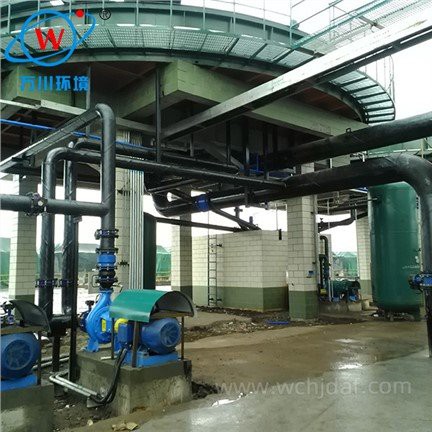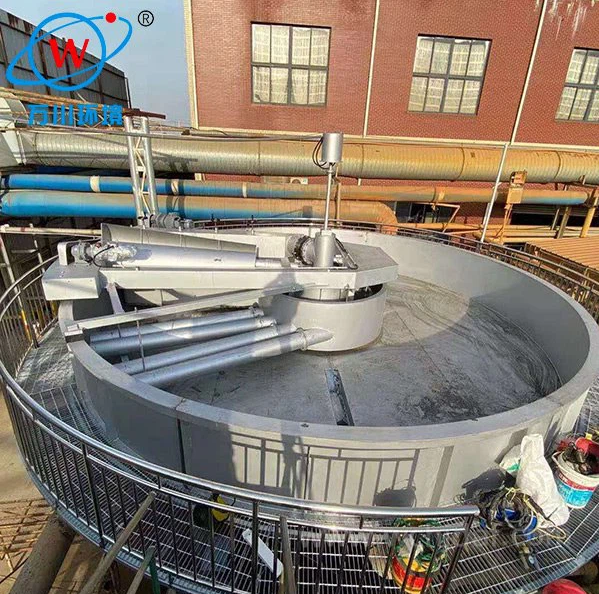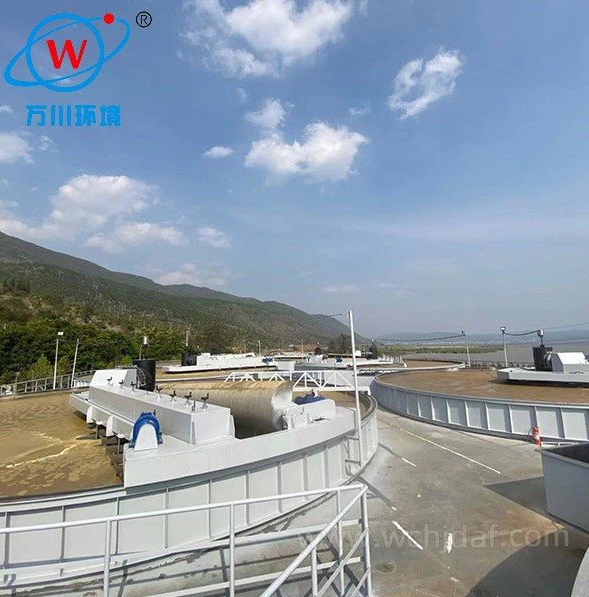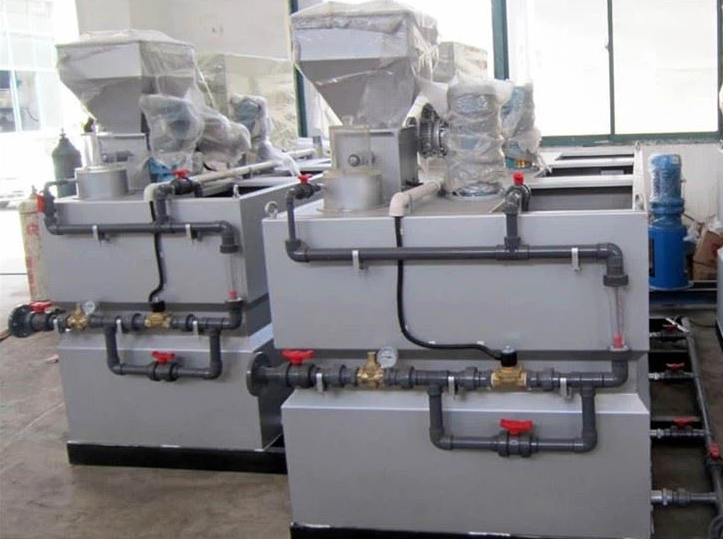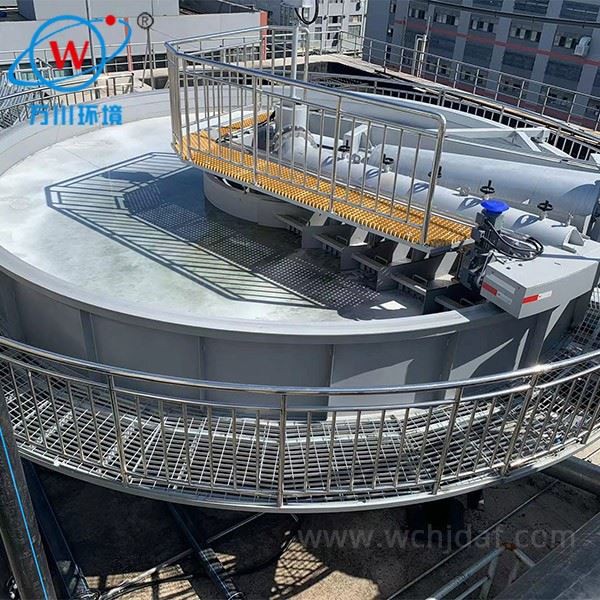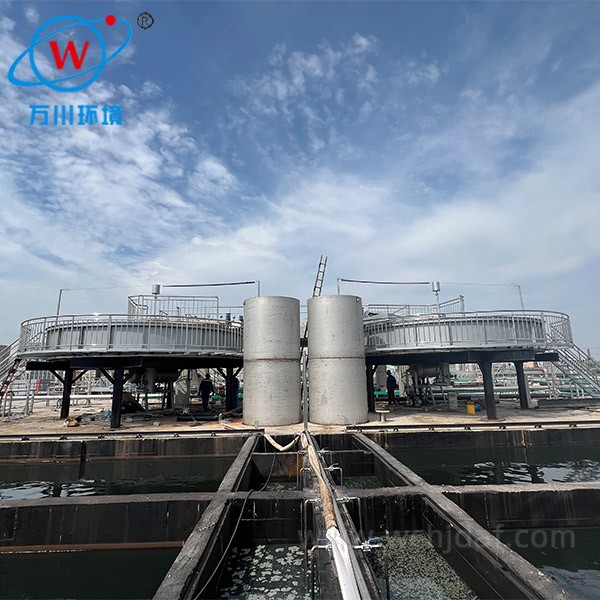Future Development Directions of Experimental Air Flotation
1Technological Innovation
- Integration of high-frequency pulse aeration and nanobubble generators will become mainstream, reducing energy consumption while improving efficiency
- Development of more efficient dissolved air systems, optimized tank designs, and advanced control algorithms to enhance treatment capacity
- Increased adoption of digital twin technology for predictive maintenance, reducing operational costs and creating new revenue streams
2Application Expansion
- Beyond traditional wastewater treatment, expansion into ship ballast water and lithium battery production wastewater treatment
- Growing demand in food processing for specialized systems handling high-fat and high-suspended solids wastewater
- Emerging applications in new industrial sectors as environmental regulations tighten globally
3Market Structure Evolution
- Market consolidation favoring industry leaders with accelerated mergers and acquisitions
- Formation of integrated industrial ecosystems combining R&D, smart manufacturing, and engineering services
- Rapid growth in China's central/western regions due to environmental infrastructure development
4Customized Solutions
- Increased tailored solutions for specific industry needs and wastewater characteristics
- Comprehensive service packages including pilot testing, engineering support, and after-sales service
- Focus on customer satisfaction through complete lifecycle support
The air flotation technology sector is poised for significant advancements across technological, application, and service dimensions, driven by both innovation and evolving market demands.

